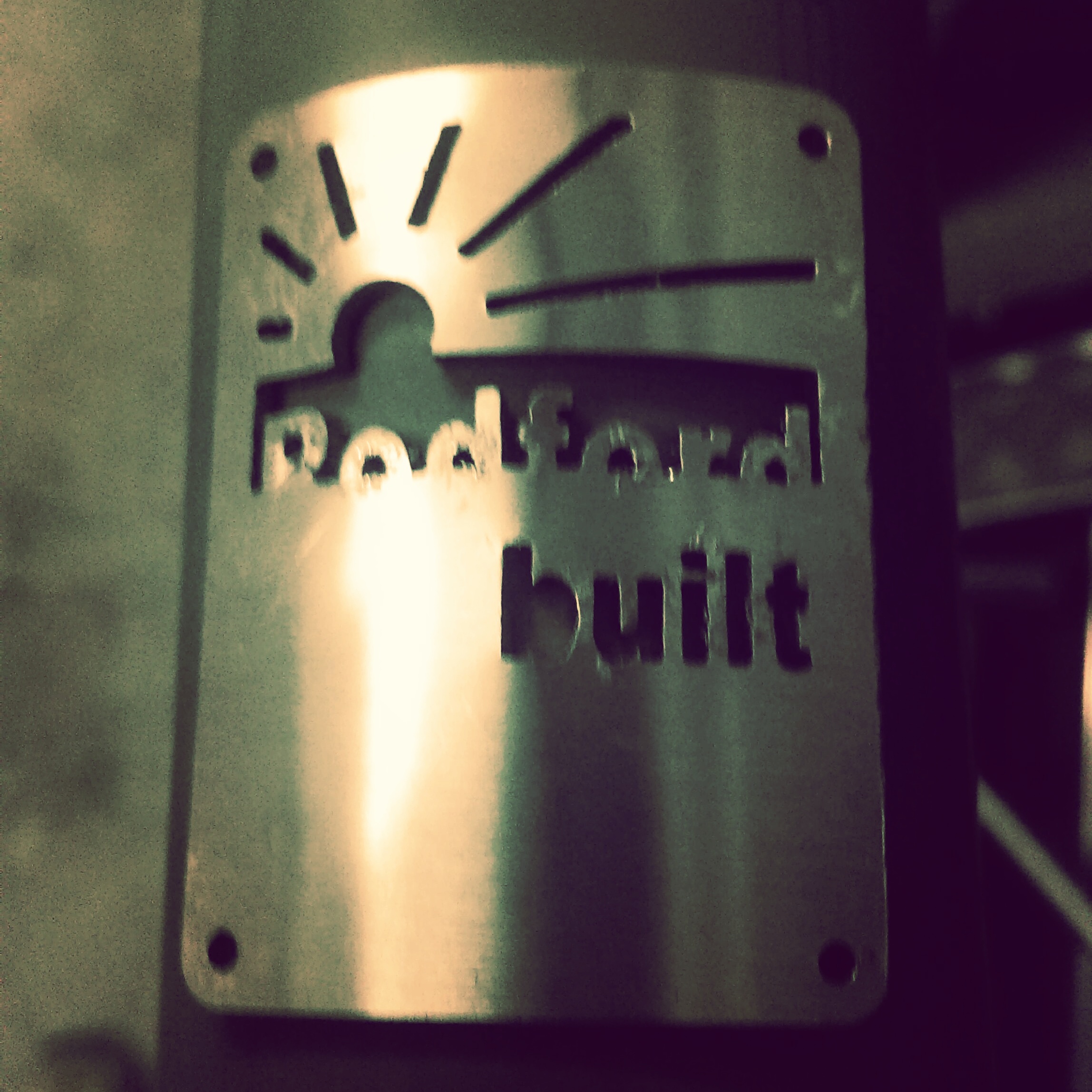Aerodynamics is a heavily debated subject in all transport systems, but why is it so important?
One reason is that aerodynamic drag increases massively as speed increases. Roughly speaking it can be viewed as a "Cube Law". A cubed number is a number multiplied by itself twice. For example 2 cubed = 8. or in longhand 2x2x2=8.
This means that when you double your speed, you require 8 times the power because you are experiencing 8 times the wind resistance. This is evident when you ride a motorcycle. Sitting behind the bars of a motorcycle you can feel the wind pressure against you at 30mph. Double your speed to 60mph, and you'll not feel twice that force, but 8 times the wind pressure pushing you back. This annoying aspect of physics is what limits every transport medium known to man (with the exception of space travel).
The increase in wind resistance becomes more evident the faster you go. For example the fast Bugatti Veyron can drive at 250mph and for this it needs 1180hp to push through the air. However a fairly decent Aston Martin with 552hp will top 200mph. So the Bugatti has to have twice the power to gain the (comparatively modest) extra 50mph.
The same is evident when you look at fuel consumption. Despite the Bugatti's superb aerodynamics, it exhausts its 26 gallon fuel tank in 12 minutes at top speed. At 250mph the car will cover 50 miles in this time, but this is a shameful 2 miles per gallon. Impressive though the Bugatti is, it has to process a huge amount of fuel in a short time to attain its speed and the majority of this fuel is used to overcome air resistance.
So aerodynamics affect efficiency in a big way and getting it right provides the best output from the power available.
An aerodynamic car.
Applying this to bicycles we are considering lower speeds, but also a more modest power source; so just how important are aerodynamics?
Well this depends who you speak to.
A time trial rider will say it is important - and they'd be right. These riders are aware of the energy increase needed to overcome any aerodynamic drag so they will wear a streamlined hat, have aerofoil shaped tubing and will make their body frontal area as small as possible. All of this is important because at speed approximately 90% of the rider's effort is used to overcome drag.
Ironically the faster these riders go, the harder they have to work to maintain this speed, because even a slight increase in speed will produce a much more noticeable increase in drag.
It is also worth noting that the rider on a bicycle accounts for 65% to 80% of the frontal area, so tucking down to ride may give much more benefit than fitting narrower tyres, but it all helps. Competitive riders use everything possible to eek that extra performance from their ride. The aero shaped tubing used on racing bikes is not so much about reducing frontal area, but more about reducing the drag behind the tube caused by the swirling air. The diagram below shows a typical efficiency gain for a given tube diameter.
A tear-drop shape who's length is 4 times its width makes for an efficient shape in moving air.
A shape like this has 1/10 the drag of a round tube with the same frontal area.
And what about Cargo bikes?
Aerodynamics are less important here, although not totally irrelevant. Cargo bikes are typically moving slower and therefore experience less wind resistance due to movement; but it is true that their larger front area will make any speed increase or head wind more noticeable. However expecting a cargo bike to be streamlined is not altogether fair. It is like comparing a sports car with a truck. The truck has less performance but excels in other areas.
There are other options to overcoming wind resistance too. If the aerodynamics cannot be improved for practical reasons lower gears can help keep a box bike moving into a head wind and of course electric assist** can be a huge help to the rider of a loaded bike. A case of working round a problem rather than addressing it head on. As a side benefit - these modifications also help with hills of course.
Air resistance is the enemy of the performance seeking rider in the world of competition; but with transport bikes we must draw a compromise with other considerations. So we can't promise your cargo bike won't make you work a little harder in that head wind, but just swivel your cap round, tuck your head down and enjoy the ride.
**E-assist coming to Rodford bikes soon.



